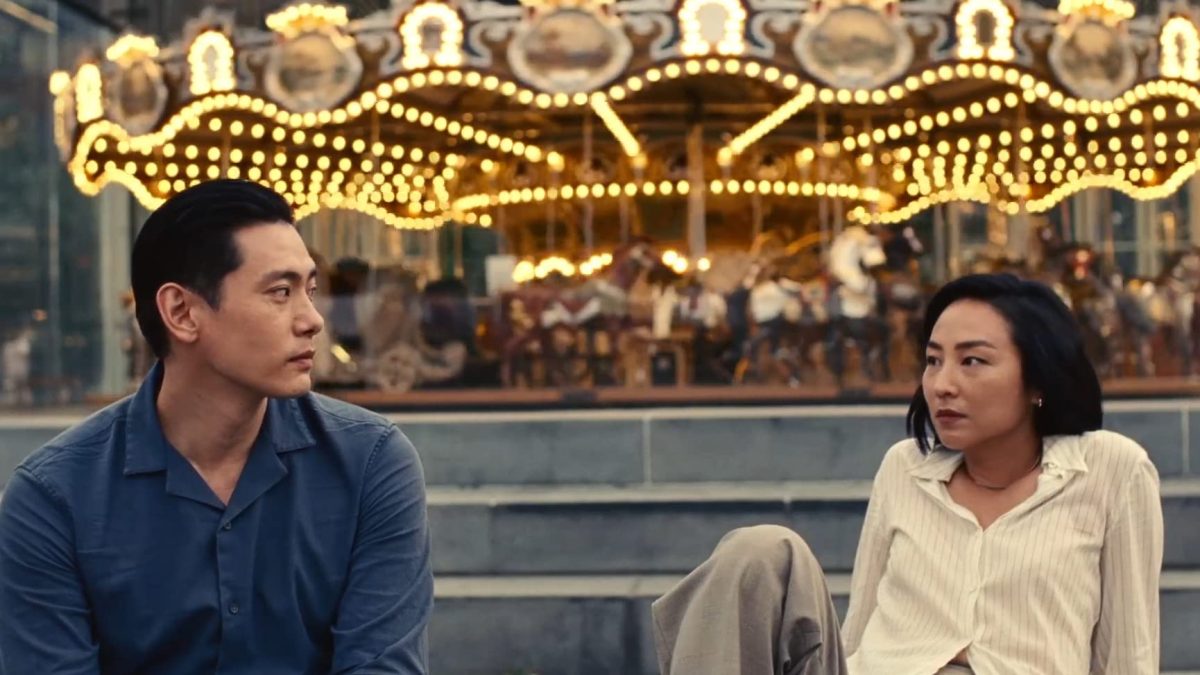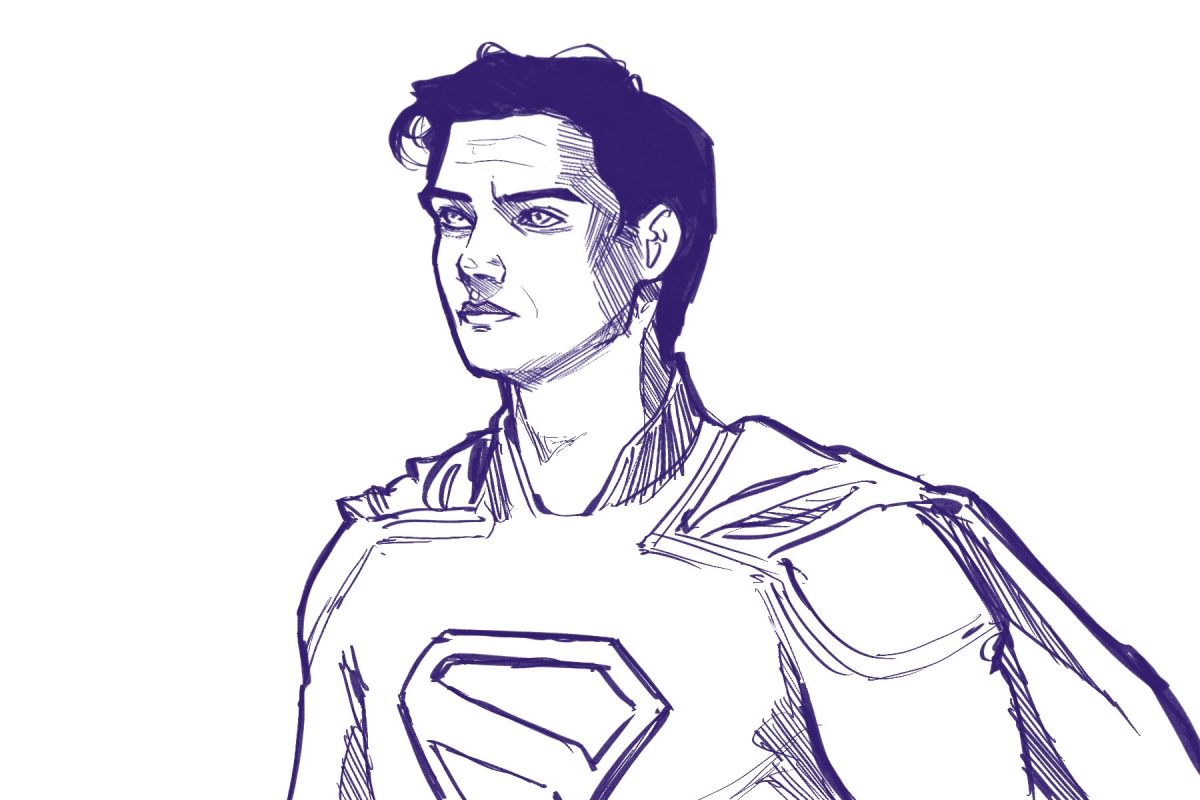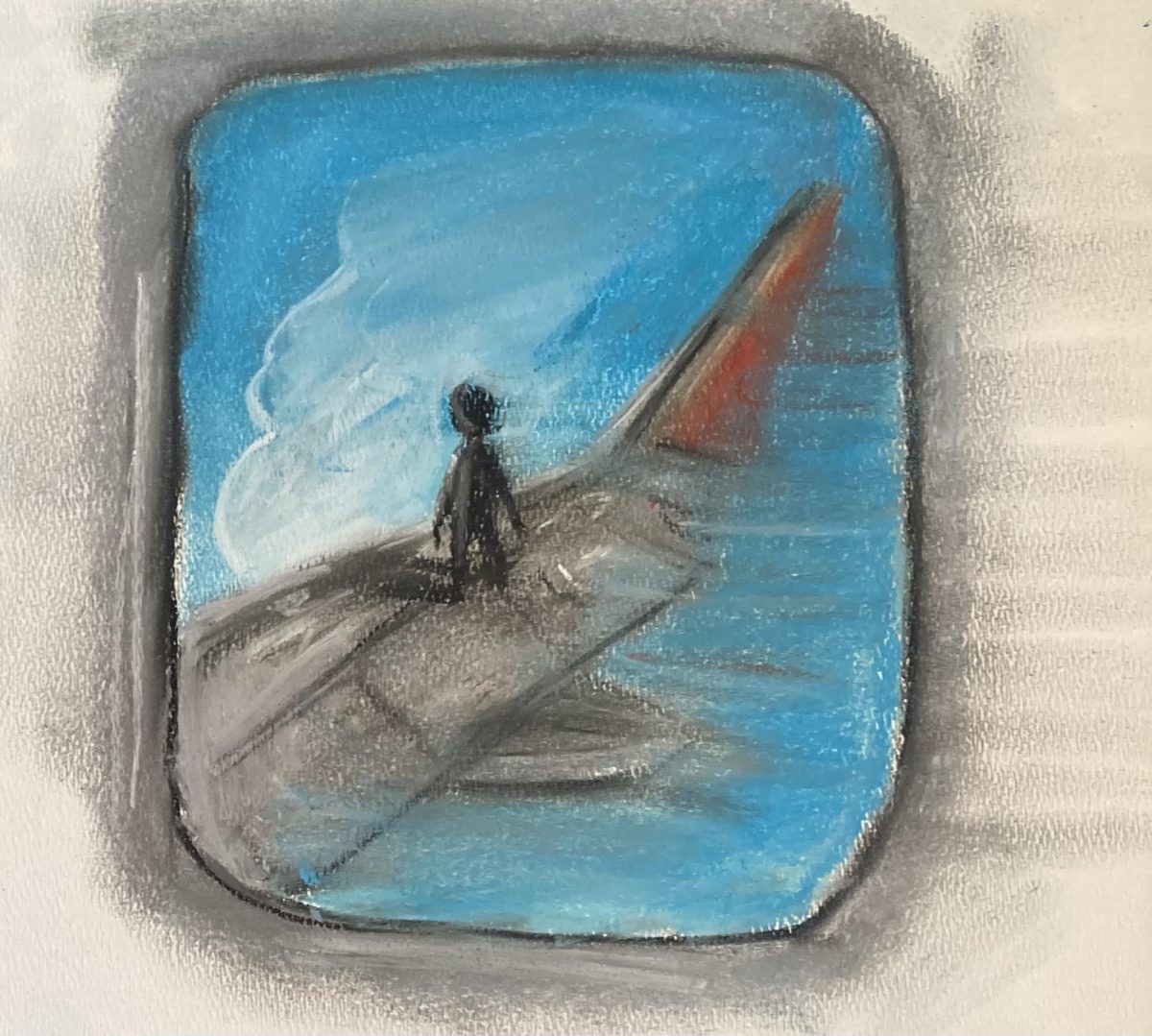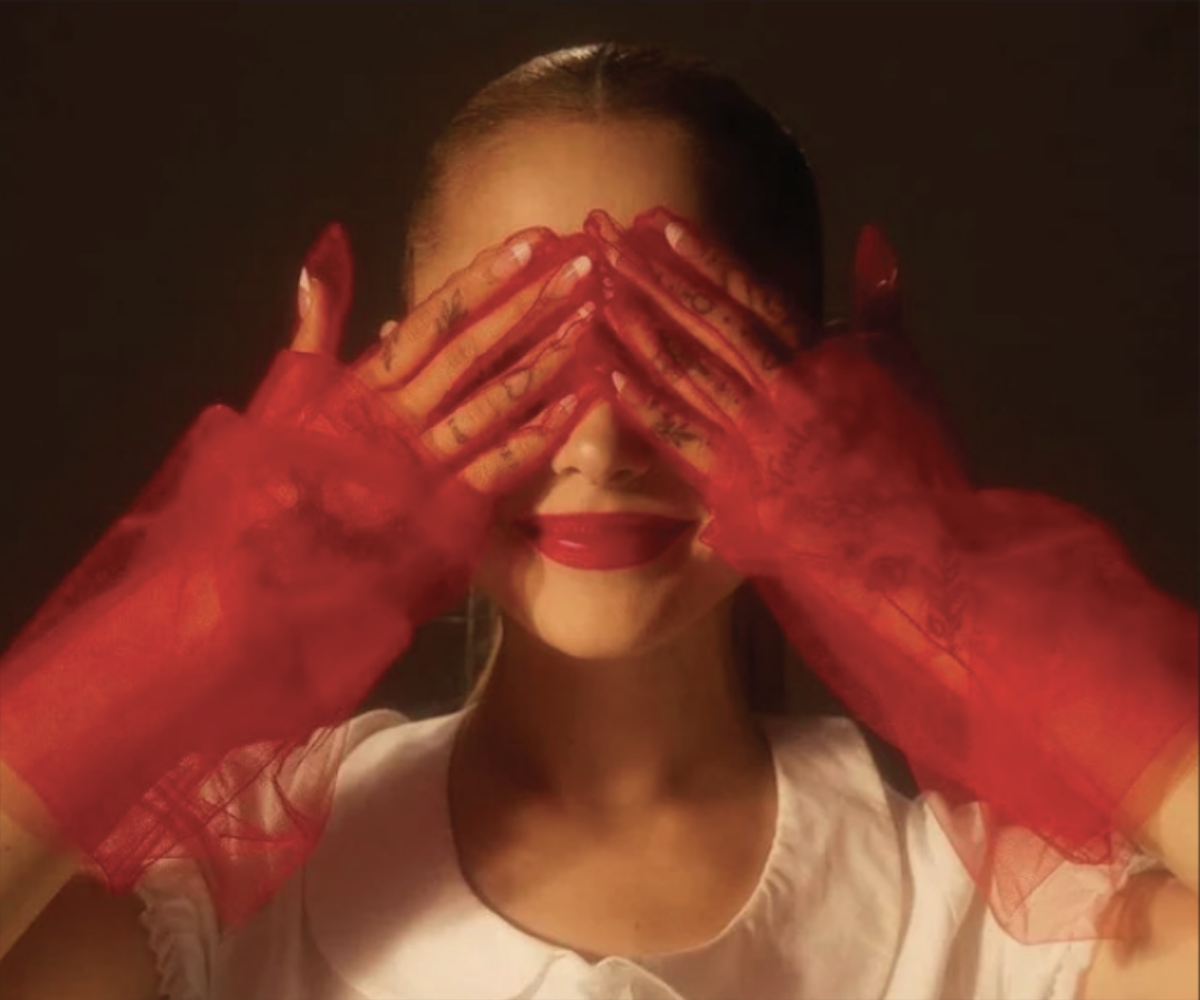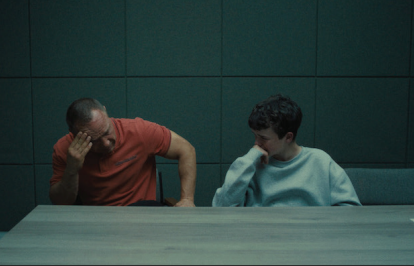Celine Song’s debut film, Past Lives, is a mirror of her own life. In the opening scene, we are introduced to the three main characters sitting at a bar while voices of unseen people guess at the nature of their relationship. As the film unravels, their unexpected relationship is revealed, and we watch the main character, Nora Moon (Greta Lee), shift from her childhood in South Korea to her adult life as a playwright in New York City. Her emigration from South Korea as a young girl left her separated from her close friend, Hae Sung (Teo Soo), who seeks her out via Facebook several years later. After periods of endless conversation over Skype, followed by no communication whatsoever, the two characters finally meet in person for the first time in 24 years. At the end of the film, the opening scene is revisited: these are the three people at the bar. While the film is clearly a romance, it blends into sci-fi as the characters are confronted by shadows of their past and contemplate their other lifetimes.
Inspired by the recent discovery of the multiverse, much of pop culture has been obsessed with exploring time and space. Everything Everywhere All At Once, Spider-Man: Across the Spider-Verse, and Russian Doll all lean into this trend. Although the core concept of Past Lives similarly pushes the boundaries of time and space, it’s deeply rooted in culture. Song ties in a Buddhist concept called Inyeon, describing when two people have known each other in a past life. To use the example Nora used with her husband: if two strangers walk past each other and their clothes accidentally brush, they have Inyeon. If they get married, they have 8,000 layers of Inyeon, having known each other in 8,000 lives. Song expressed that she wanted Past Lives to stand on its own, having its own ideas and language. Largely owing to this exploration of Inyeon, her attempt was successful; this was one of the most original films we have seen.
In directing, Song also took an unorthodox approach, noting that, for certain scenes, actors were unable to meet before filming to ensure the most authentic interaction would be captured. She proved that efforts like these did not go unnoticed. The chemistry between characters always came through as powerfully genuine. Intimacy was enhanced by long quiet takes, subtle body language, and a focus on the characters’ eyes. This movie displayed that in terms of cinematography, less can truly be more.
Additionally, Past Lives stands out because it defies the Asian American immigration story typically represented on screen. Straying from the cold and reserved Asian family dynamic typically portrayed in film, Nora maintains a loving relationship with her artist parents. Simultaneously, this communicates prevailing themes of immigration, pushing questions about what gets left behind.
Given the premise, we were scared going into it; we didn’t want to leave the theater feeling unsatisfied after watching soulmates kept apart. So we were delighted that while the film’s basic framework relied on this trope, we weren’t left feeling like there was something unresolved. The film was comforting in ensuring that the roads which could have been taken, do not need to torment us. Rather, they can be thought of as paths pursued in different lifetimes, past or future.
This article also appears in our September 2023 print edition.

